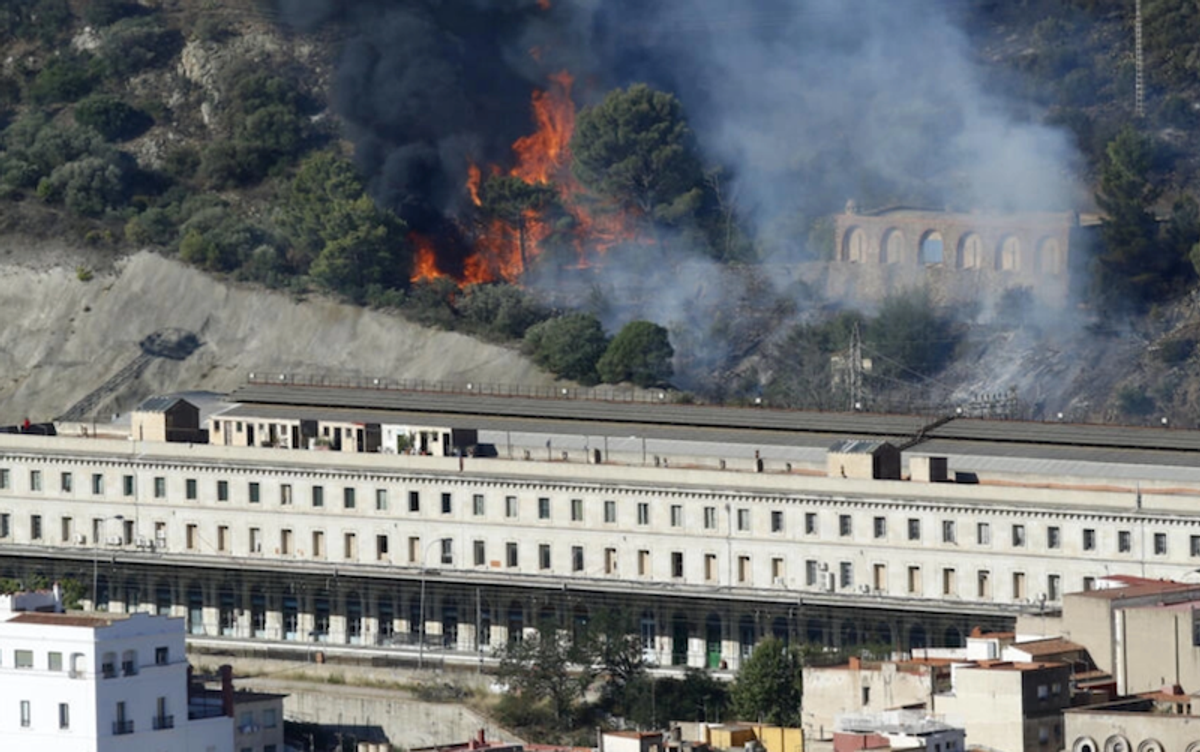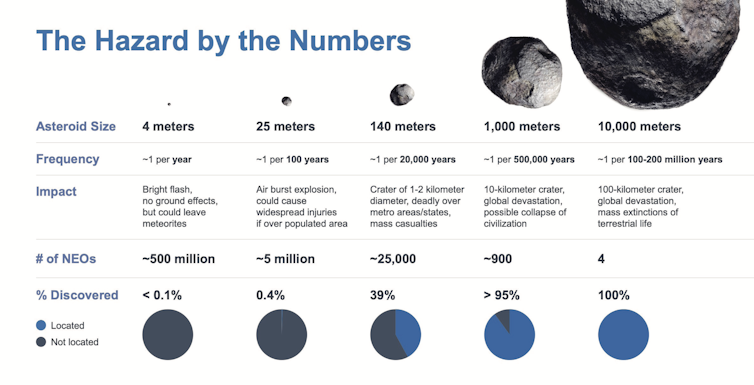CRYPTO CRIMINAL CAPITALI$M
New York couple plead guilty to bitcoin laundering
Agence France-Presse
August 4, 2023,

Bitcoin Dan Kitwood/Getty Images Europe/TNS
A married couple from New York dubbed "Bitcoin Bonnie and Crypto Clyde" pleaded guilty on Thursday to laundering billions of dollars in stolen bitcoin, prosecutors announced.
Ilya Lichtenstein, 35, and Heather Morgan, 33, were arrested in February last year after the US government seized 95,000 bitcoin then valued at $3.6 billion.
Prosecutors said the pair stole the bitcoin in 2016 using "advanced hacking tools." Authorities recovered the funds from wallets controlled by the duo.
Since their arrests, the government has seized another approximately $475 million tied to the hack, the Southern District of New York said in a statement.
In total, the couple admitted to laundering conspiracies arising from the theft of approximately 120,000 bitcoin from Bitfinex, a global cryptocurrency exchange.
The charges carry a maximum penalty of 20 years in prison.
Prosecutors said that Lichtenstein, at times with Morgan's help, "employed numerous sophisticated laundering techniques."
That included using fictitious identities to set up online accounts and utilizing computer programs to automate transactions.
They deposited the stolen funds into accounts in a variety of darknet markets and cryptocurrency exchanges and then withdrew the money, which confuses the transaction history.
They couple also converted bitcoin to other forms of cryptocurrency and even exchanged a portion of the stolen funds into gold coins, which Morgan then concealed by burying them.
One of Morgan's aliases was "Razzlekhan" while Lichtenstein was known as "Dutch."
The couple were dubbed "Bitcoin Bonnie and Crypto Clyde" by financial newsletter Morning Brew.
























